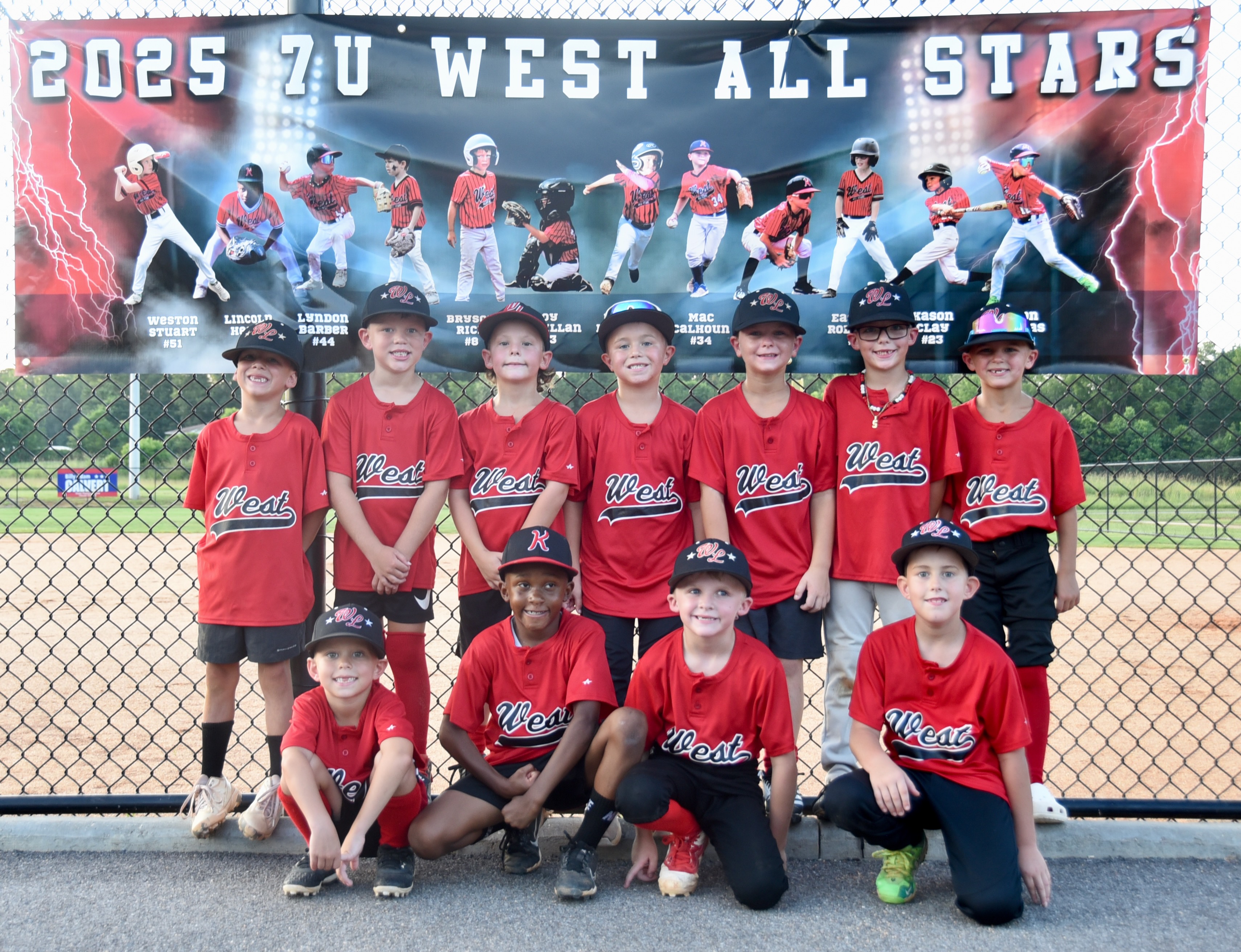MLB Draft provides unique challenge for coaches, players
Published 5:00 pm Tuesday, May 29, 2018
OKLAHOMA CITY — Tim Tadlock and Chris Beard, two of Texas Tech’s most popular athletic figures, shared an enlightening moment earlier this month when detailing the stark contrast between the draft process in their respective sports.
Tadlock, the Red Raiders’ sixth-year baseball skipper, asked Beard, the ultra-popular third-year hoops coach, if the weeks and months leading up to the draft were as hectic as college baseball’s version.
Trending
The short answer is no. Not even close.
“We got 30 teams that are wanting in our door every day of the week to visit with guys,” Tadlock told CNHI last week prior to the Big 12 tournament in Oklahoma City.
Why? The MLB is the only major sport to hold its draft while the college season is ongoing.
This year’s draft runs June 4-6, which coincides with the opening week of the NCAA Tournament. If any of the Big 12’s five postseason teams — Texas Tech, Texas, Baylor, Oklahoma and Oklahoma State — advance far enough to play in Monday’s if-necessary regional final, the game would be played on the same day as the draft’s first round.
“It’s one of the most challenging juggling acts we have is try to sift through it all and then ultimately see what you have left in terms of guys coming to school, guys that are returning for their senior year,” Oklahoma State coach Josh Holliday said. “It’s not easy. I don’t think any college coach particularly enjoys it, but it is part of what we do.
“You’re really at the mercy of the draft process itself until it plays itself out.”
Trending
Philosophies vary on how to handle the uniqueness. The challenge is two-fold since both high school prospects and college juniors are eligible.
“There’s not a blanket answer. Each case is its own individual case,” Tadlock said. “There are guys that really value education. There are guys that all they’ve ever wanted to do is play professional baseball. There are guys that all they ever wanted to do is go to Omaha (for the College World Series).”
The general consensus is this: remain focused because one bad swing or one bad pitch won’t derail a draft stock.
For this draft class, Oklahoma has the most juniors in the mix. The Sooners’ outfield duo of Steele Walker and Kyler Murray are considered Top-50 prospects by MLB.com and ESPN.com considered them Top-60 prospects. Pitcher Jake Irvin came in at No. 74 in ESPN’s latest rankings.
It’s a frenzied time for all parties involved.
Earlier this month, Walker explained how he underwent a psychological evaluation with a company that works with six MLB teams. The test dealt with processing information, decision making, reaction time and impulses.
“I’m very thankful to be where I am this junior season, but it’s not something that you want to repeat, just because it’s like you’re in an oven. You’re in a pressure cooker, cameras on you 24-7 analyzing your mechanics,” Walker said.
Top high school prospects deal with similar challenges.
Taylor Shiflett, who coached TCU signee Adam Kloffenstein and Kansas signee Jordan Groshans at Magnolia (Texas) High School, told CNHI 60 to 70 scouts would attend games and seven or eight MLB general managers made trips to Texas to visit with each prospect.
Having a normal high school life is nearly impossible.
“They got prom, they got graduation, they got maybe being picked in the first round, you got baseball playoffs,” Shiflett said. “It’s a whirlwind for them, just the amount of stuff going on this time of year.”
Getting to the draft is one thing. Playing meaningful games after a selection is a different beast.
Tadlock’s best example came during the 2014 Super Regionals. Pitcher Jonny Drozd wasn’t selected during the draft, and Tadlock saw how it affected his reliever, so he spent the night on the phone with four MLB teams. A free agent deal came next, and Drozd responded, tossing a two-inning save to beat the College of Charleston and advance to the CWS.
“Some guys can handle it; some guys can’t,” Tadlock said.
TCU would have been in juggling mode had it made a regional. Junior pitchers Durbin Feltman and Sean Wymer are Top-100 prospects. Signee Alek Thomas could go in the first round, and Kloffenstein may hear his name called in the first two rounds.
Kloffenstein told CNHI his goal is a Top 10 selection, so he’s focused on playing for TCU unless a lucrative offer comes to the table.
The difference could be millions — a late-second round pick is slotted at $1 million. A Top-10 pick is worth more than $4.5 million.
“At first, $1 million sounds nice, but that’s just not something I’m prepared to take out of high school whenever I can go to the best pitching university in the country, arguably, and gain a lot more knowledge and a lot more skill on top of what I already have,” Kloffenstein said.





